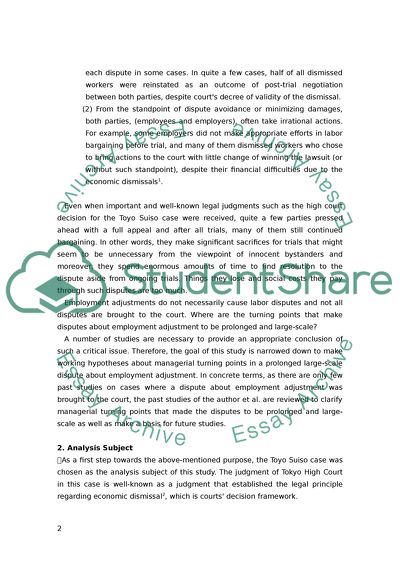Cite this document
(Management Personnel Policy and Labor Union Activities in One Case Study - 1, n.d.)
Management Personnel Policy and Labor Union Activities in One Case Study - 1. Retrieved from https://studentshare.org/human-resources/1750526-labor-issue-paper
Management Personnel Policy and Labor Union Activities in One Case Study - 1. Retrieved from https://studentshare.org/human-resources/1750526-labor-issue-paper
(Management Personnel Policy and Labor Union Activities in One Case Study - 1)
Management Personnel Policy and Labor Union Activities in One Case Study - 1. https://studentshare.org/human-resources/1750526-labor-issue-paper.
Management Personnel Policy and Labor Union Activities in One Case Study - 1. https://studentshare.org/human-resources/1750526-labor-issue-paper.
“Management Personnel Policy and Labor Union Activities in One Case Study - 1”, n.d. https://studentshare.org/human-resources/1750526-labor-issue-paper.


